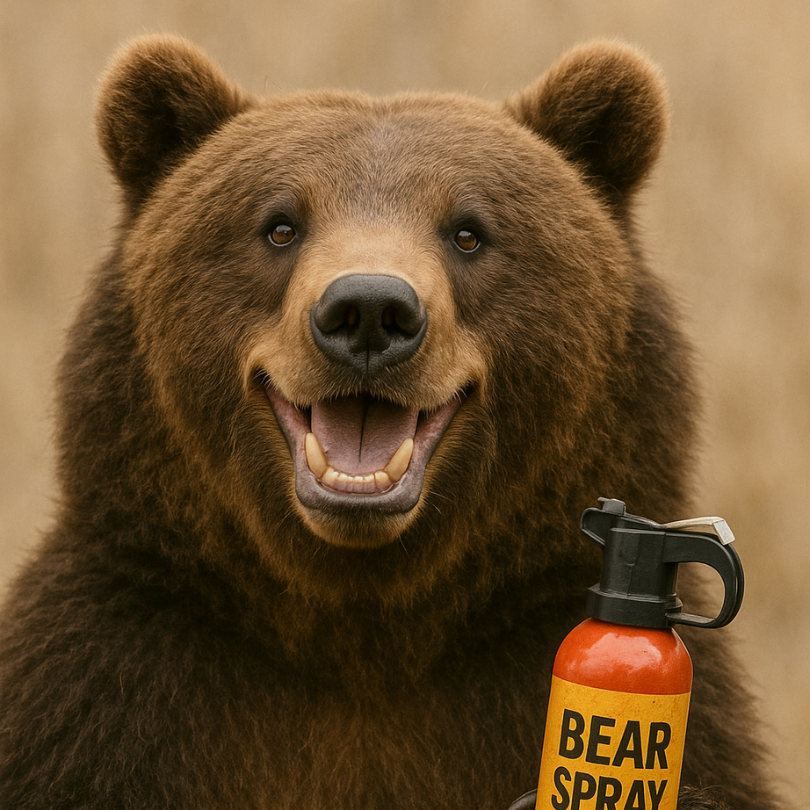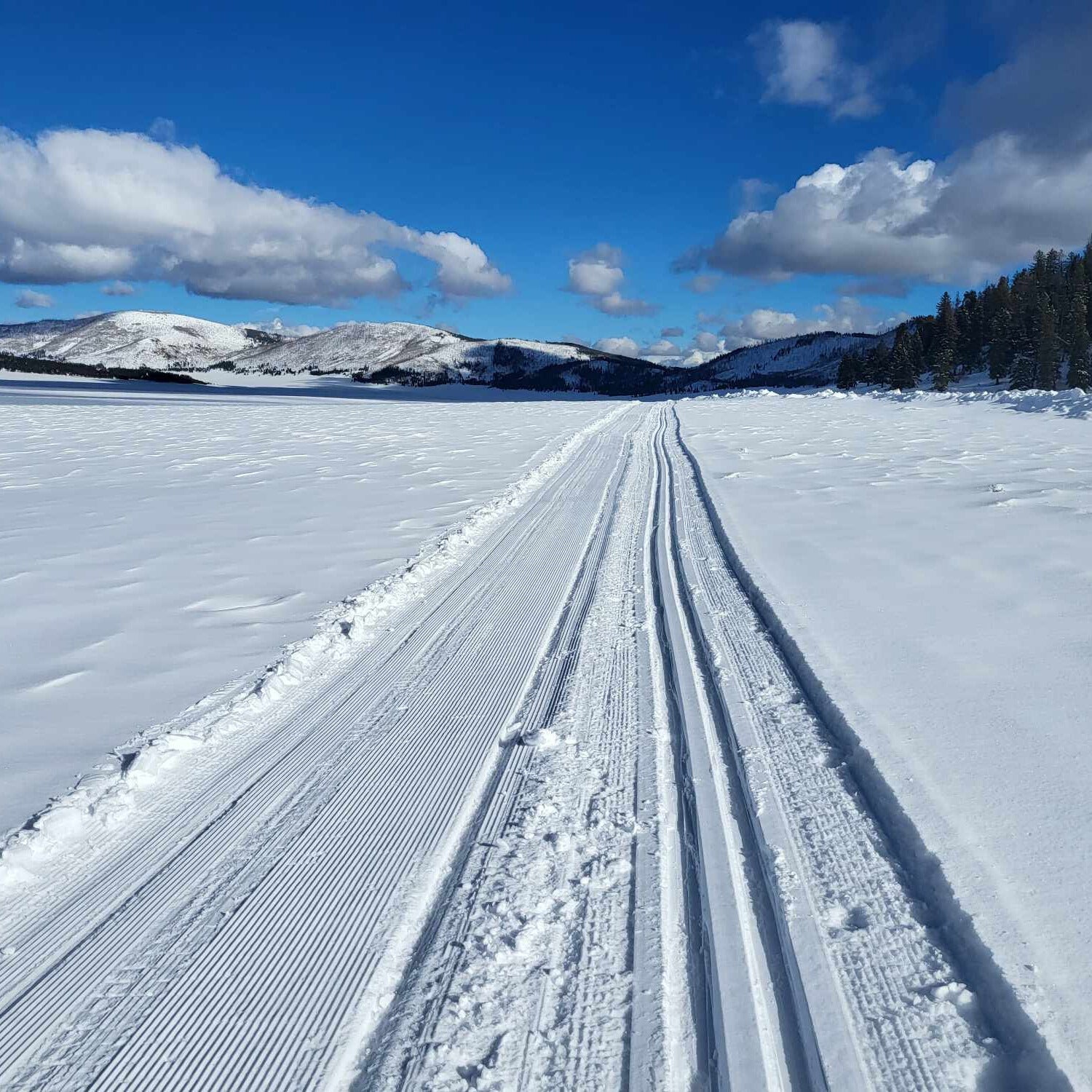Your Cart is Empty
accepting gear drop offs Mon-Sat 10am-5pm. No Consignment acceptance on Sundays.
accepting gear drop offs Mon-Sat 10am-5pm. No Consignment acceptance on Sundays.

If you are camping in bear country, or in any place where food storage is a concern, you should strongly consider using a bear canister–a storage system that is built to keep bears out of your food. And in some places, particularly parks in California, Montana, Colorado, and Washington,backcountry campers are required to have and use bear canisters.
While you may get lucky by hanging your food in a sack from a tree, this is not permitted in many areas and virtually impractical in many alpine anddesert backpacking zones. Bear canisters are the preferred method for storing food and other smelly items, but there are many kinds to be aware of. Let’s look at them in more detail.
A bear canister is a hard, portable container specifically designed to store food and scented items like toothpaste or sunscreen in the backcountry, where bears and other wildlife are present.
Bear canisters are built to be bear-resistant, meaning bears can’t open, crush, or get into them with their claws or teeth. Note: these do not contain scents–animals will be able to know food is stored in them, but keeping animals like bears from eating human food both protects the health of the bears and helps prevent future bear-human interactions. Plus it means you are less likely to go hungry.
Bear canisters are among least fun gear purchases you will make. They are heavy, bulky, and pack poorly into packs. While they can double as a stool, they can also retain moisture, creating a nasty mess inside if some of your food sweats. For these reasons, many people prefer a bear sack–an armored, sealable bag. While easier to pack and more convenient, sacks are generally not considered as animal-proof as canisters and are not approved substitutes in most national parks.
Using a bear canister is simple. Simply remove the cover and carefully pack your food, beverages, or other smelly items inside it. You should also store food waste or trash inside them.
Bear canisters can range in size from 5 liters to 11 liters and more. Some new models are modular, allowing you to buy one canister that has multiple connecting smaller containers. The size you need is dedicated by how much food you are carrying and how small that food packs down. There is no perfect answer to what size canister you need.
At a minimum, you should put all food, smelly trash, and other odor-emanating items in your canister. Remember–bear canisters don’t just protect your food against bears. In some places, marmots, mice, squirrels, and other small animals may be more of a threat to your food supply than an actual bear.
Ideally, your bear canister should be placed 50 yards from your campsite, and placed so any wind blowing across the canister blows away from your camp site. Rangers in bear-prone locations say that while bears cannot open a bear canister, they very well could bash one against rocks to break it open, so avoid placing the canister in an area with sharp rocks.
Absolutely! Many people only use their bear canisters a few nights a year, so a used canister can be a great option. Simply make sure the shell is not cracked and that the top attaches securely.
Ready to camp? Stop by theused gear store in Durangoto find used bear canisters for sale.

Work crews were busy over the off season making changes to ski areas across the region. While the hoped-for new lifts at Purgatory aren’t going to spin, there are plenty of reasons for you toget some wax (or new skis) from Durango Outdoor Exchange and hit the slopes this winter.

Thanksgiving is almost here–and skiing this early is always a gamble. Here are some non-skiing warm(er) weather destination ideas for the long break.

Just a couple hours from Durango, Valles Caldera is a great cross-country skiing destination, with surprisingly good snow and very few visitors.
Valles Caldera National Preserve is a popular hiking destination in the summer and a surprisingly great skiing destination in the winter.